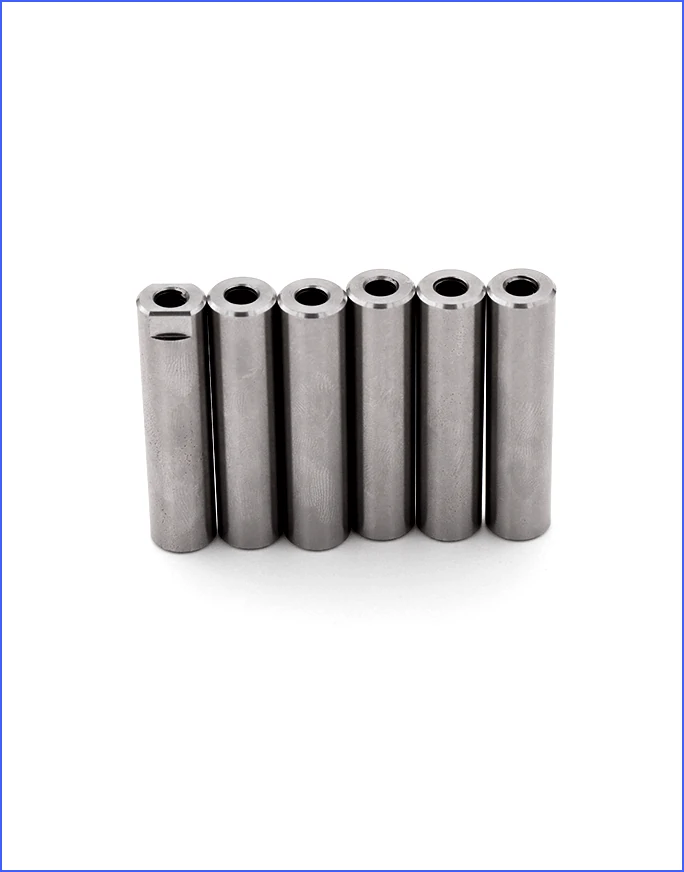Time to read: 6 min

Stainless steel, prized for its corrosion resistance and strength, is a top choice in rapid prototyping. This guide uncovers the various grades, properties, and applications of stainless steel, steering you through the selection process for your next project.
Stainless steel's prevalence in industries stems from its exceptional blend of properties, including tensile strength and resistance to corrosion and rust. This article serves as a stainless steel material selection guide, elucidating the types, grades, and uses of stainless steel in rapid prototyping.
What is Stainless Steel? Stainless steel is an alloy of iron, carbon, and chromium, known for its anti-corrosive and anti-rust properties. The chromium content is key to its antioxidant characteristics.
Stainless Steel Material Properties The properties of stainless steel are influenced by its composition and include:
- Anti-corrosive Property: High levels of chromium ensure stainless steel can endure harsh conditions.
- High Tensile Strength: It can bear significant stress and weight.
- Hardness and Toughness: It resists friction and maintains integrity under stress.
- Ductility: It maintains form during fabrication due to its malleability.
Pros and Cons of Stainless Steel Stainless steel offers advantages like corrosion resistance and high tensile strength but also presents challenges such as cost and smudging.
Different Types of Stainless Steel Understanding the various stainless steel grades is crucial for project success:
- Ferritic Stainless Steel: Known for strength and affordability, grades like 409, 416, and 430 are used where aesthetics are secondary.
- Austenitic Stainless Steels: Popular for their corrosion resistance and non-magnetic properties, grades 316, 304, and 310 are widely used in food processing and other industries.
- Martensitic Stainless Steel: With high carbon content, grades like 431, 440, and 416 offer strength and corrosion resistance, suitable for mechanical applications.
- Duplex Stainless Steels: Combining ferrite and austenite, grades 2304 and 2205 provide strength and corrosion resistance, ideal for offshore and construction.
- Precipitation Hardening Stainless Steel: Grades like 17-4PH and 15-5 PH offer high strength and are used in food processing and aerospace.
How to Choose the Right Stainless Steel Grades Selecting stainless steel involves considering welding process, formability, corrosion resistance, heat treatment, mechanical properties, cost-effectiveness, and availability.
Common Uses and Applications of Stainless Steel Stainless steel's versatility is evident in its applications across industries:
- Food Industry: Used for production of culinary products due to its hygienic properties.
- Medical Sector: Employed in surgical implants and equipment.
- Aerospace and Automotive Sector: Utilized for manufacturing aircraft and vehicle parts.
FAQ
- Why doesn't stainless steel rust? Its material properties, particularly chromium, inhibit environmental interaction.
- What is the highest grade of stainless steel? It depends on the application, but grade 316 is recognized for its corrosion resistance.
- How long does stainless steel last? The lifespan varies based on usage and composition, ranging from 20 years to over a thousand years.
Conclusion Stainless steel is an indispensable material in manufacturing, chosen based on properties and grades. This article serves as a comprehensive guide, facilitating the selection of the appropriate stainless steel for various applications.




